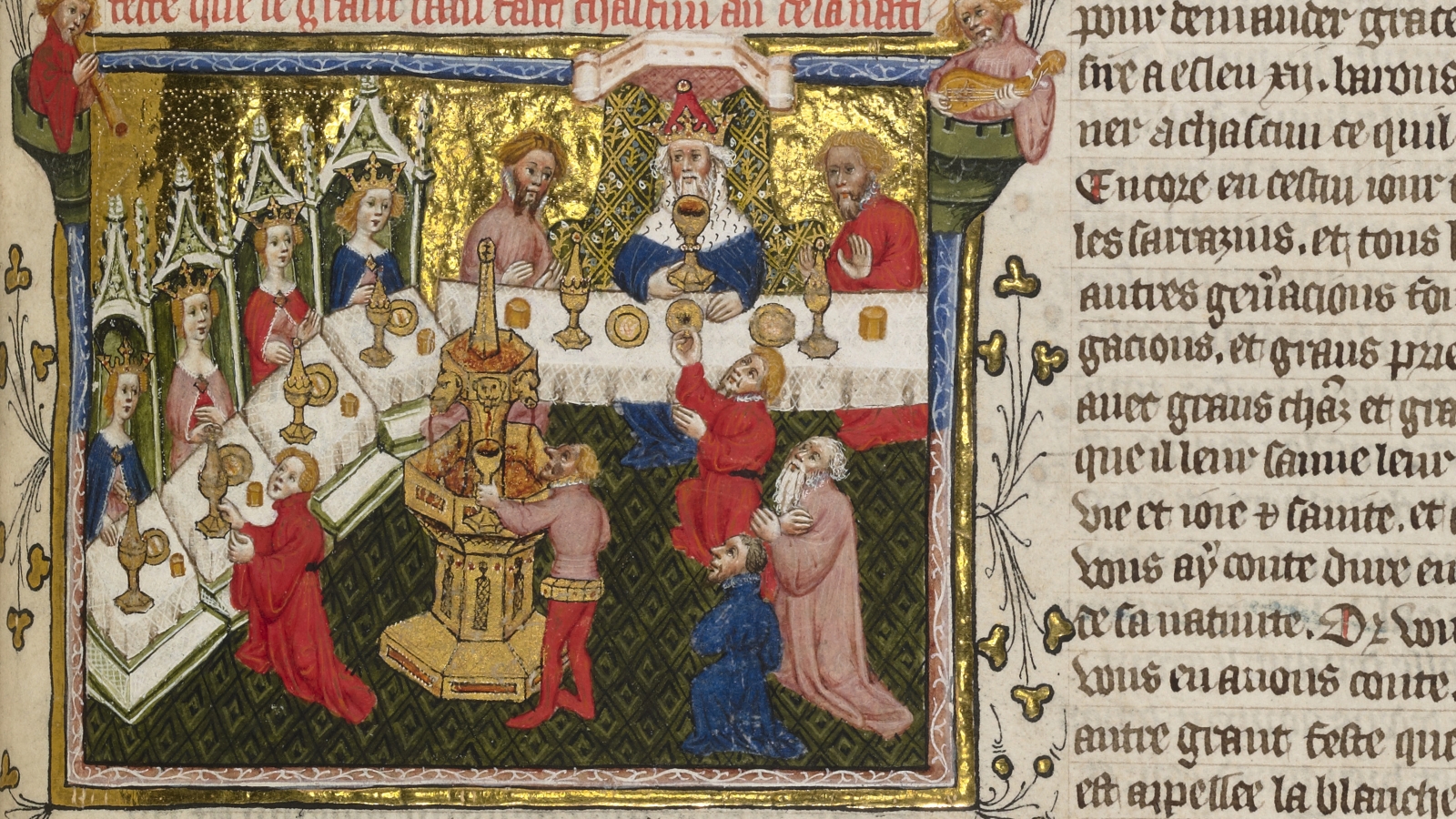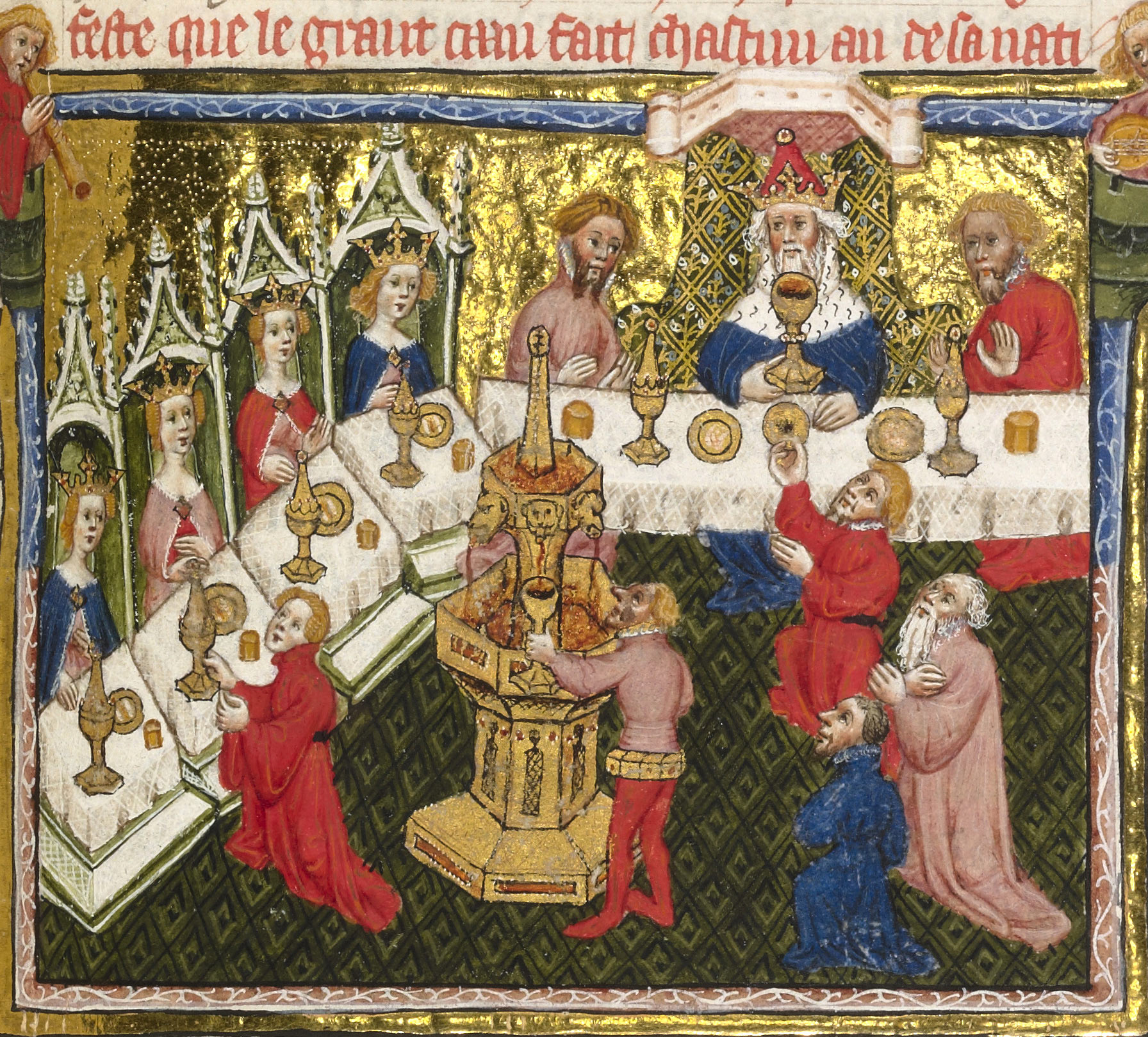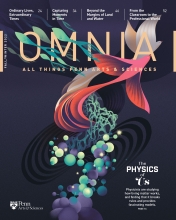Three Questions: Medieval Robots
Elly R. Truitt, Associate Professor of History and Sociology of Science, discusses the history of robots and automata in medieval Latin culture, the impulses that drove their creation, and shared characteristics with modern-day robots.

Medieval robots? It may sound like an oxymoron, but Elly R. Truitt, Associate Professor of History and Sociology of Science, is an expert on them. Her book, Medieval Robots: Mechanism, Magic, Nature, and Art, explores the history of automata in medieval Latin culture. Truitt’s work demonstrates that artificial people and animals—both real and imagined—were common in medieval culture, and that they raised questions about identity and the ethics of knowledge and creation, just like today. We asked her to shed light on the topic.

Can you describe one of the more fantastical examples of a robot or automaton from the medieval period?
For pure fantasy, I’ve always been partial to the figures in the “Roman de Troie” (ca. 1165). This is a French verse account of the Trojan War, and the author, Benoît de Sainte-Maure, included four golden figures in the central hall of the Trojan court, called the Alabaster Chamber. These four figures—two that looked like young women and two that looked like young men—surveyed and surveilled all the people in the hall to make sure that their clothing, deportment, attitudes, and even their thoughts were appropriate to the rarefied courtly setting. Of these four, my particular favorite is the figure that observes everyone and uses secret hand signals to communicate to each person how their behavior would need to change. These figures were intended to reduce anxiety—of the courtiers, who could be assured that they would not make any faux pas, and of the rulers, as they could be assured that none of the courtiers were plotting against them.
For objects that seem like they should be fantastic, but were likely made, I love the mechanical wine servants in Al-Jazari’s Book of Ingenious Mechanical Devices. These were wheeled objects, designed to serve wine or sherbet to the ruler’s guests. What a flex! Every ruler in this period had human servants, but to have a mechanical servant was something special, indeed.
Where do you think the human impulse to create automata comes from?
I think it comes from a sense of curiosity about alternative ways of making (or mimicking) living things, like people and animals, and from a desire to have total control over something that can serve you. These objects were imagined and built—across cultures, eras, and places—in the context of societies in which enslaved people filled many roles, from personal attendant to courtier to soldier to laborer.
What are some common themes or characteristics that medieval and modern robotic objects share?
These objects are often used (both in the imagination and in reality) to serve power: They surveil and police human populations, they are used to acquire and consolidate power, they uphold social boundaries and norms, and they act as proxies for human companionship. They also serve a more abstract but equally important purpose: They highlight and also complicate the boundary between alive and not-alive, between natural and artificial.




